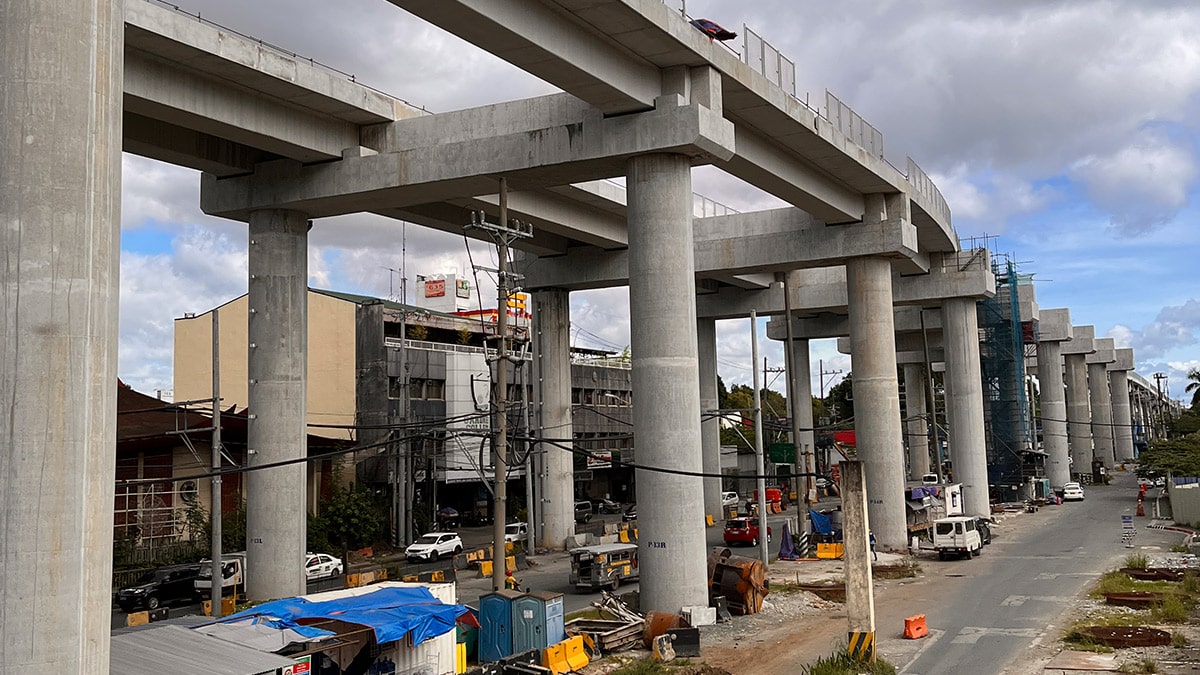The government’s aggressive push to upgrade the Philippines’ infrastructure would help the economy sustain a high growth rate, Moody’s Analytics said, even as it flagged “uneven execution” of the program in the past year.
In a report, the Moody’s unit retained its Philippine gross domestic product (GDP) growth forecast of 5.9 percent and 6 percent for 2024 and 2025, respectively, on the back of the government’s increased investments in infrastructure development.
But if those projections come true, growth this year would miss the 6 to 7 percent target range of the Marcos administration for this year, and the 6.5 to 7.5 percent expansion goal for 2025. Already, Moody’s Analytics said state spending on infrastructure had been uneven, which could pose risks to economic growth.
“Fiscal policy in the Philippines is strongly focused on infrastructure development, but actual execution of this policy has been uneven this past year,” it said. “The Philippines must stick to its plans and execute well.”
Government spending
Government spending grew by 0.4 percent last year, a slowdown from the 4.9 percent growth in 2022 as the Marcos administration pursued a fiscal consolidation plan to cut the budget deficit. Coincidentally, figures showed construction slowed to 9 percent in 2023, from 12.1 percent posted in the preceding year.
Article continues after this advertisement
President Marcos had promised to jack up spending on infrastructure to between 5 to 6 percent of GDP from 2024 to 2028, hoping that the multiplier effects would help him achieve a growth rate of as high as 8 percent by the end of his six-year term. Latest government data showed the economy grew 6.3 percent year-on-year in the second quarter.
Article continues after this advertisement
Zooming out, Moody’s Analytics said growth will accelerate in Southeast Asia, “supported by trade, investment, consumption, generally stimulatory fiscal policy and, by early next year, easing monetary policy.” Rising global demand for goods will help Vietnam become the fastest growing economy in the region this year and next, ahead of the Philippines.
Moving forward, the Moody’s unit identified the potential conflict across the South China Sea as one of the risks to the region’s growth.
Meanwhile, less export-sensitive economies like the Philippines and Indonesia are expected to “face much less risk” should former US President Donald Trump manage to return to the White House and hit Chinese trade once again. INQ

